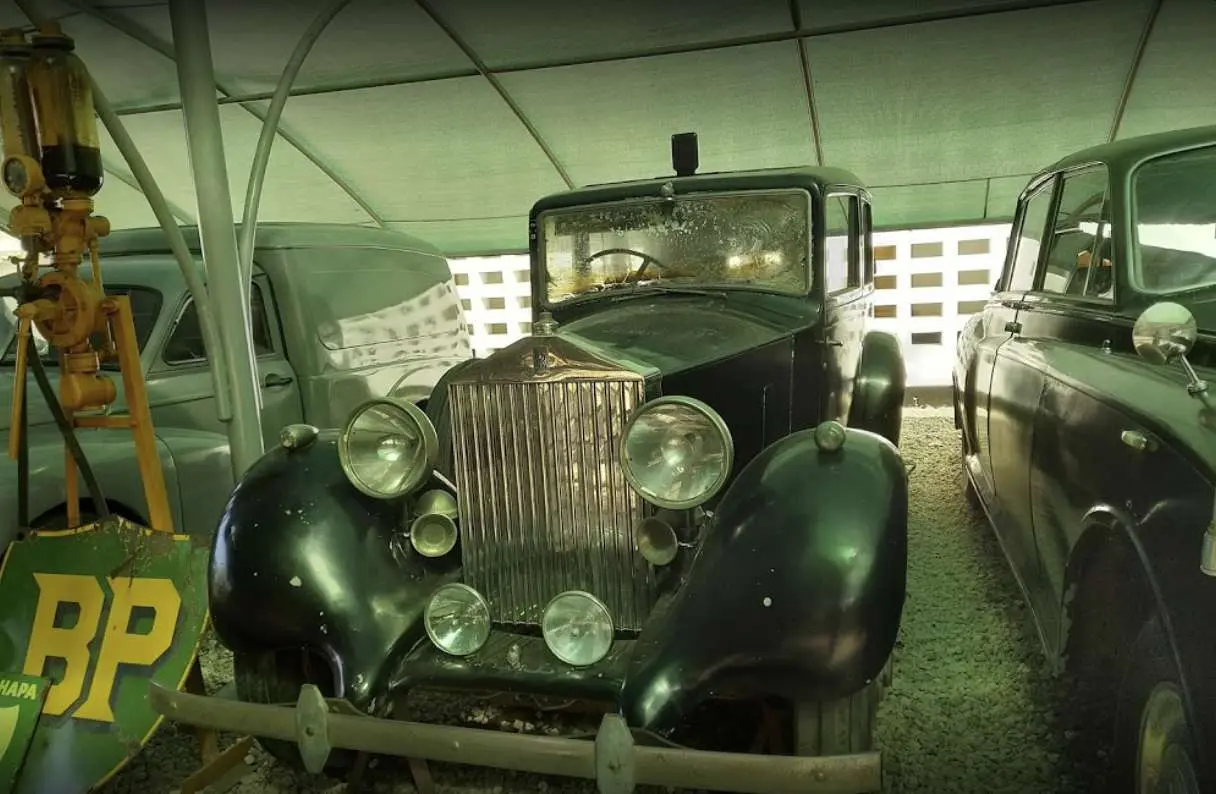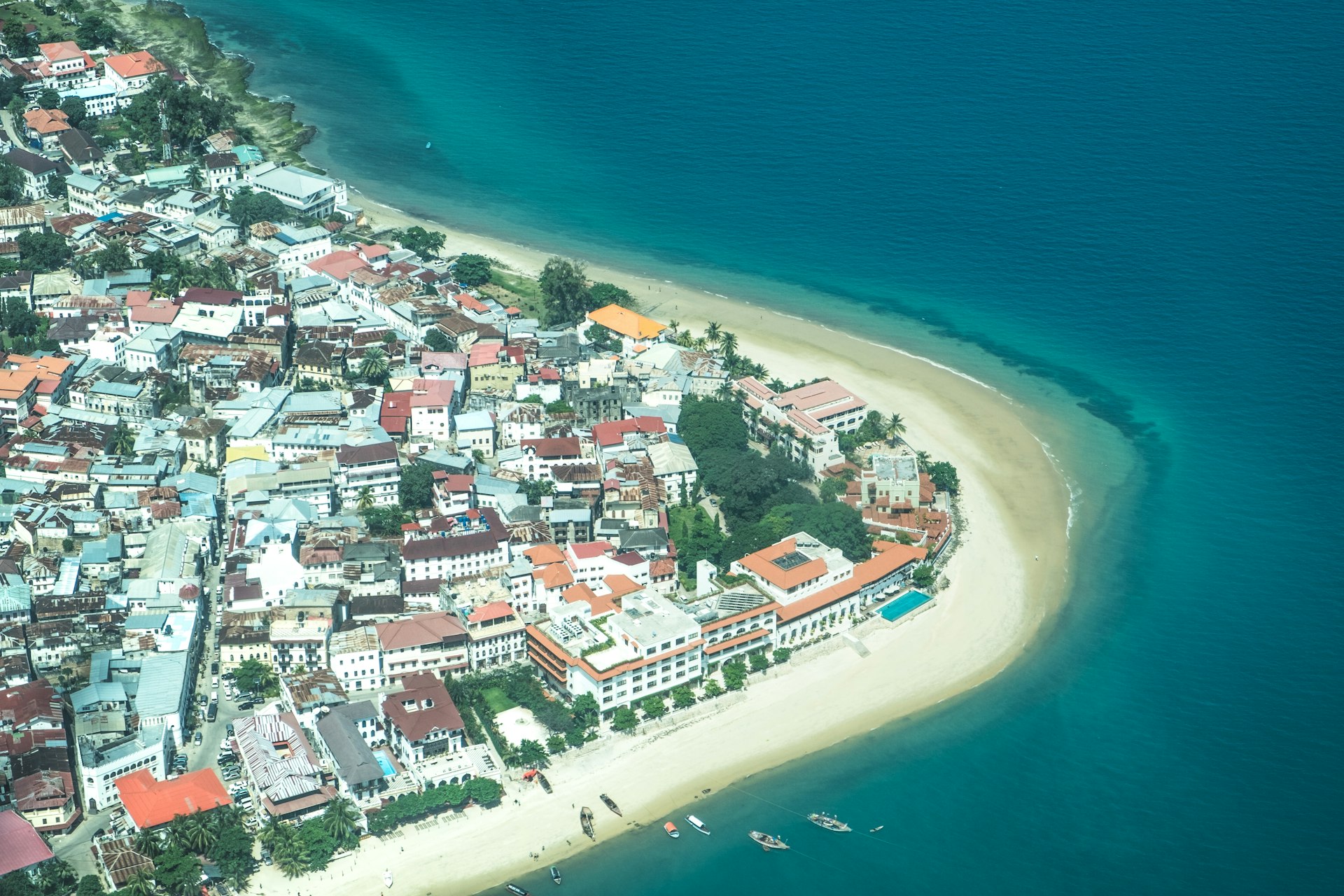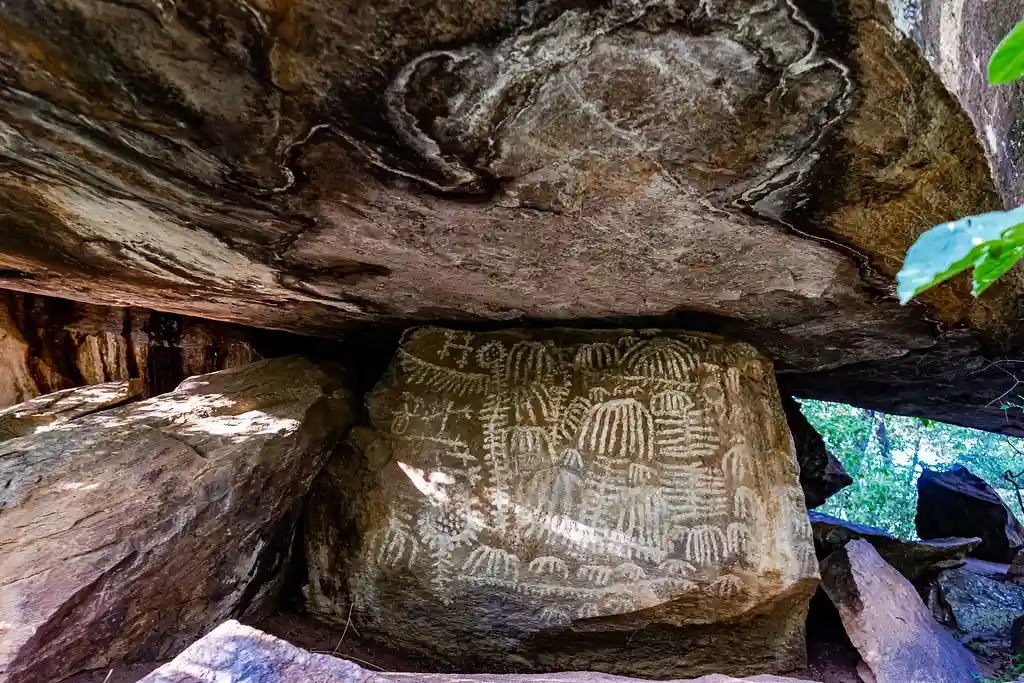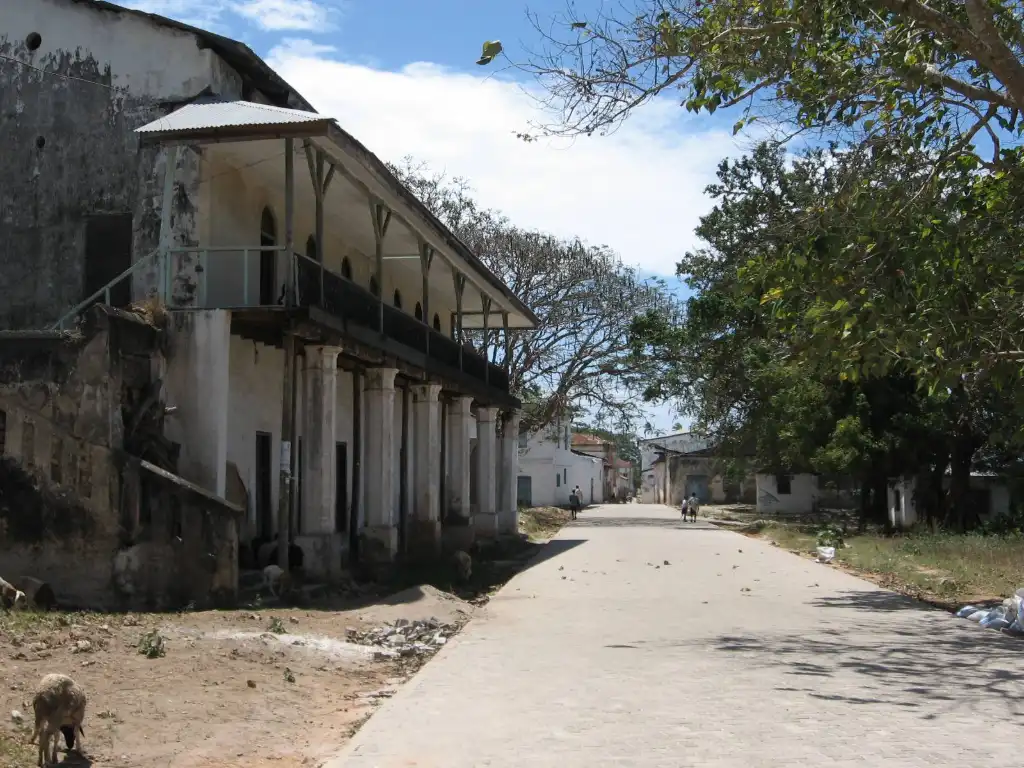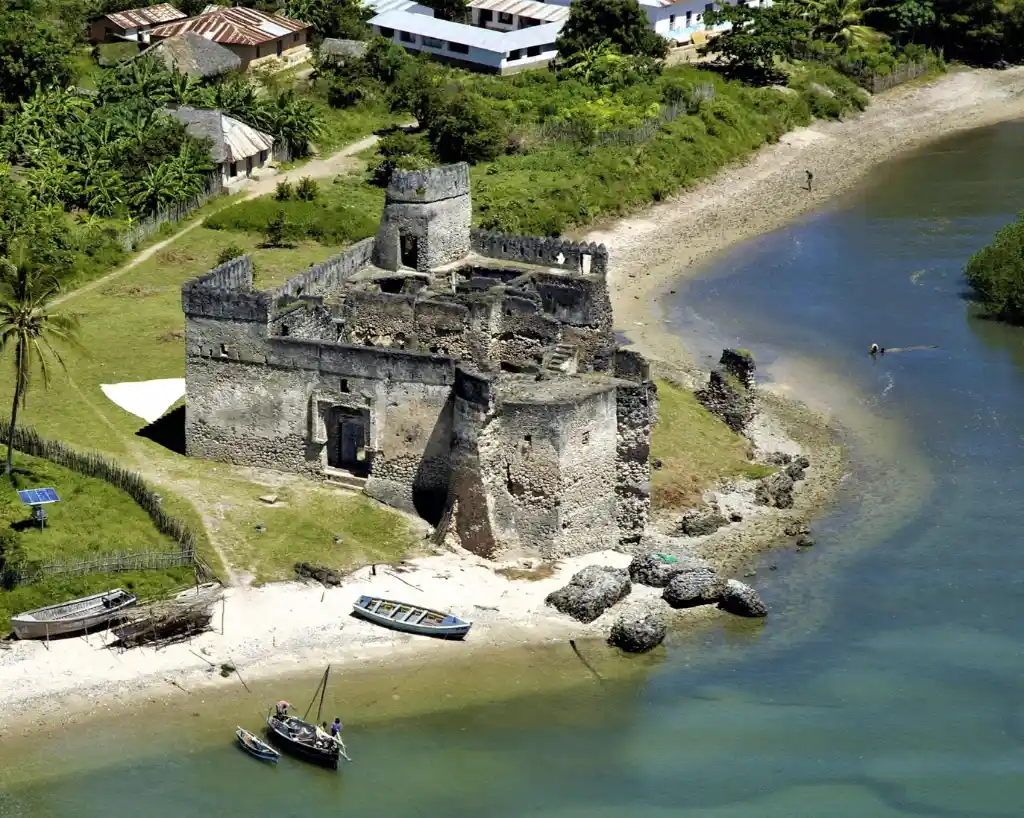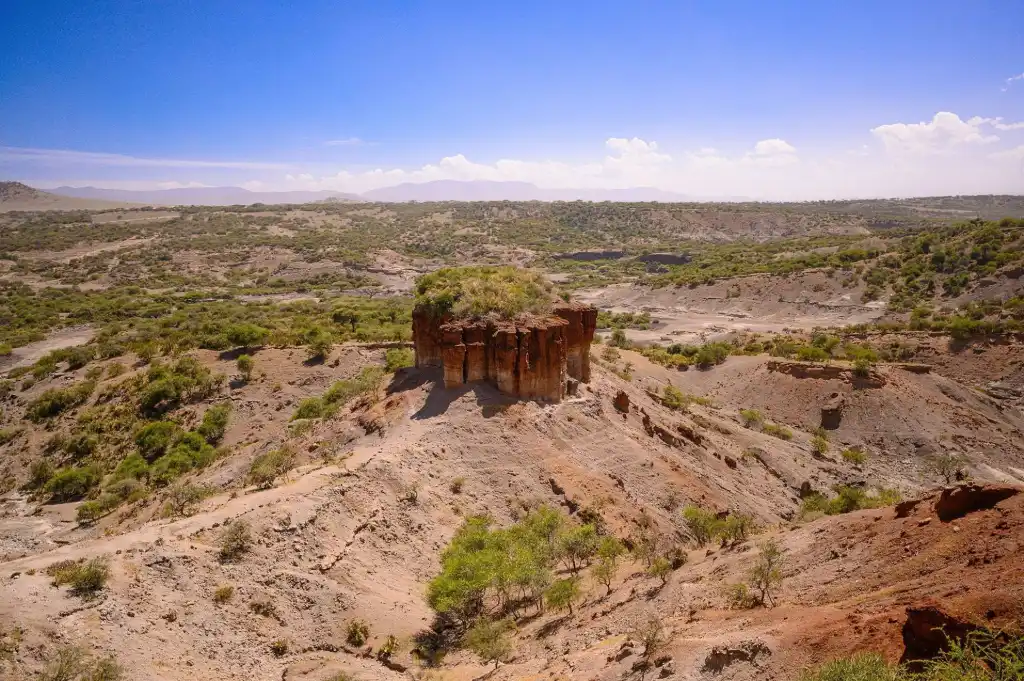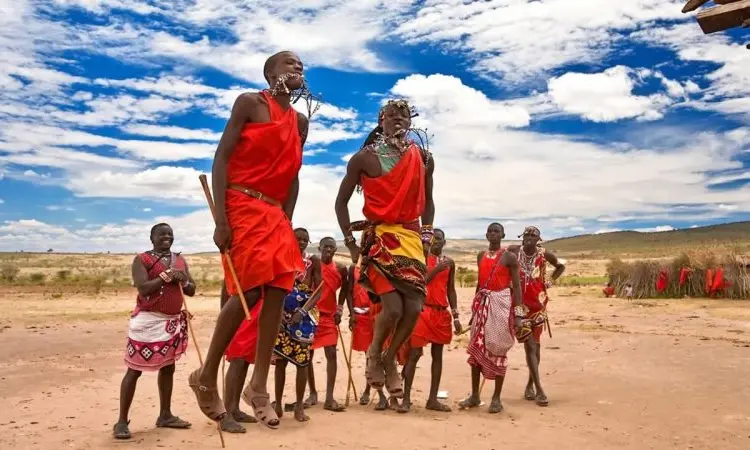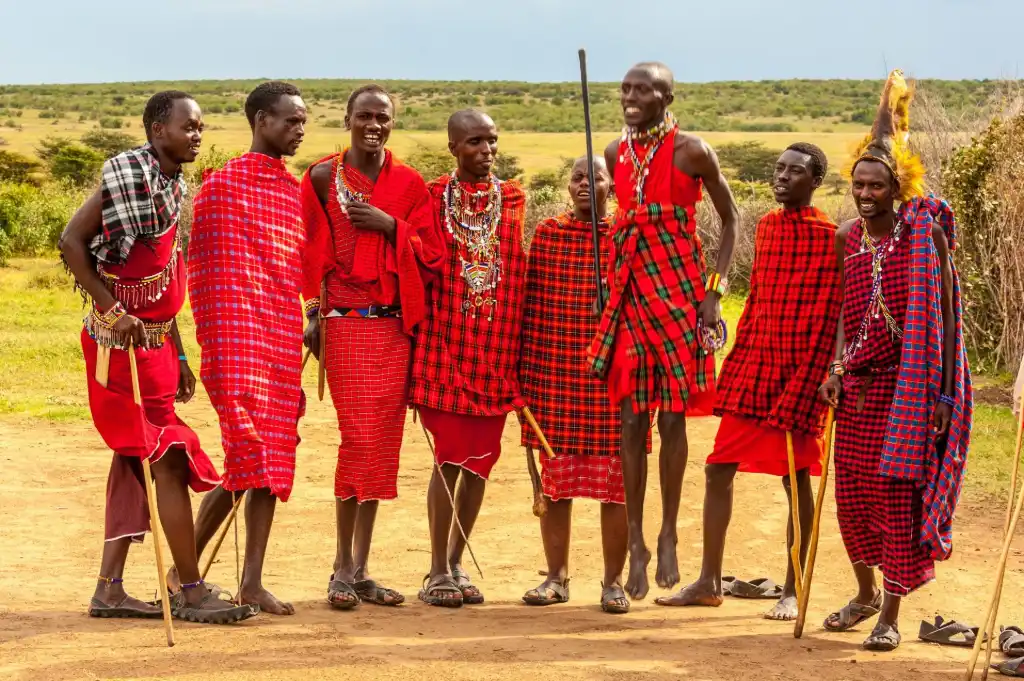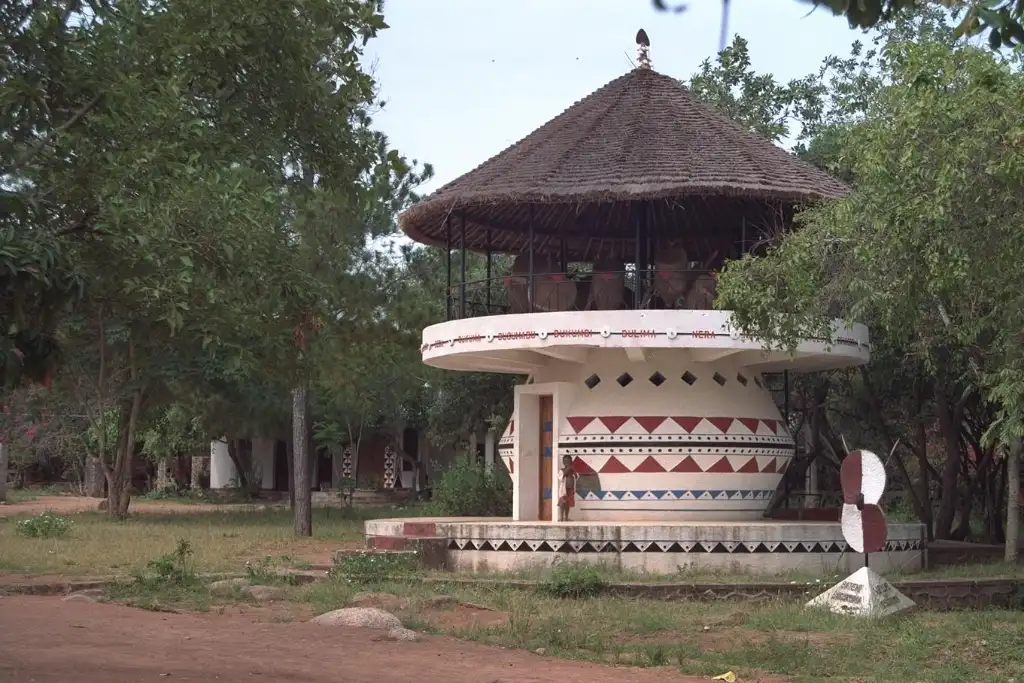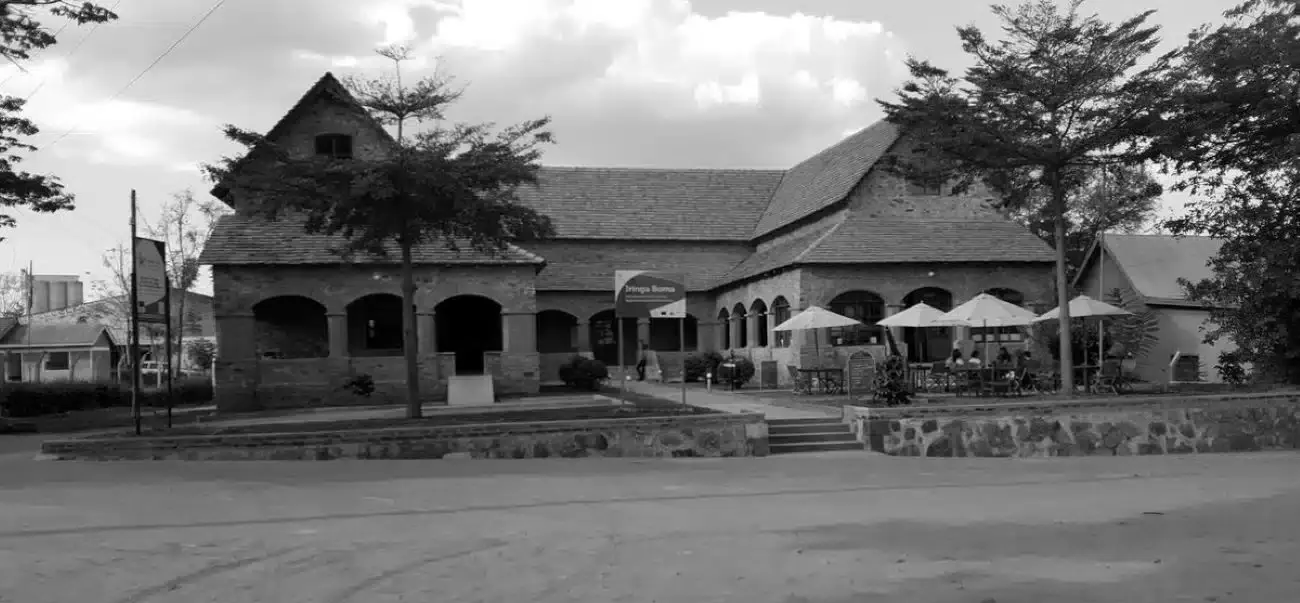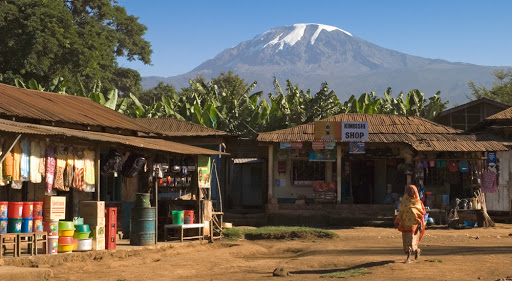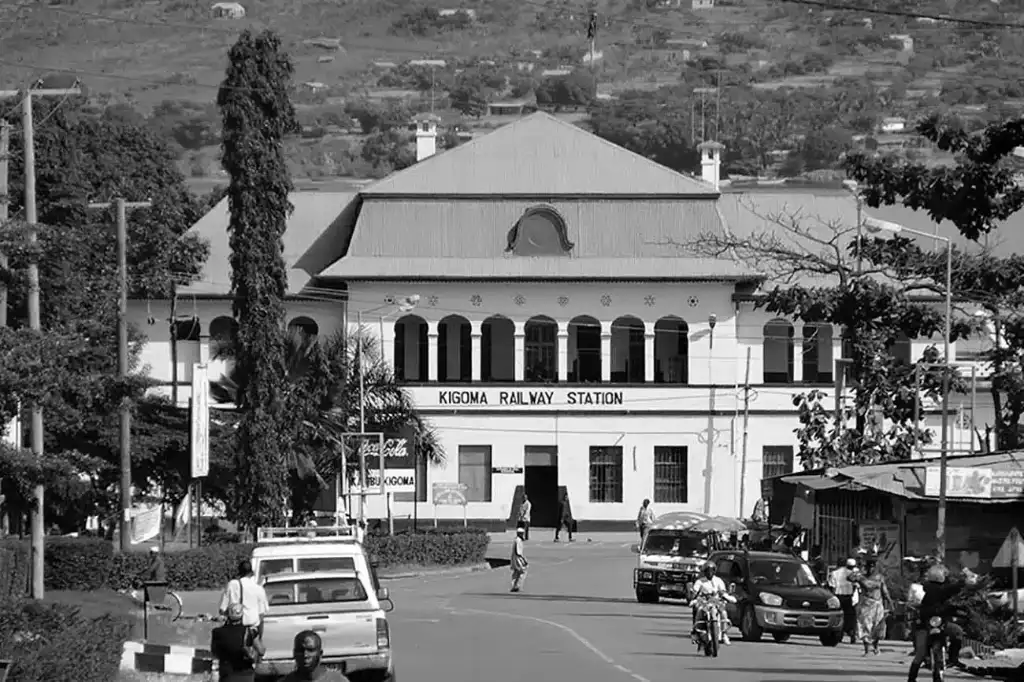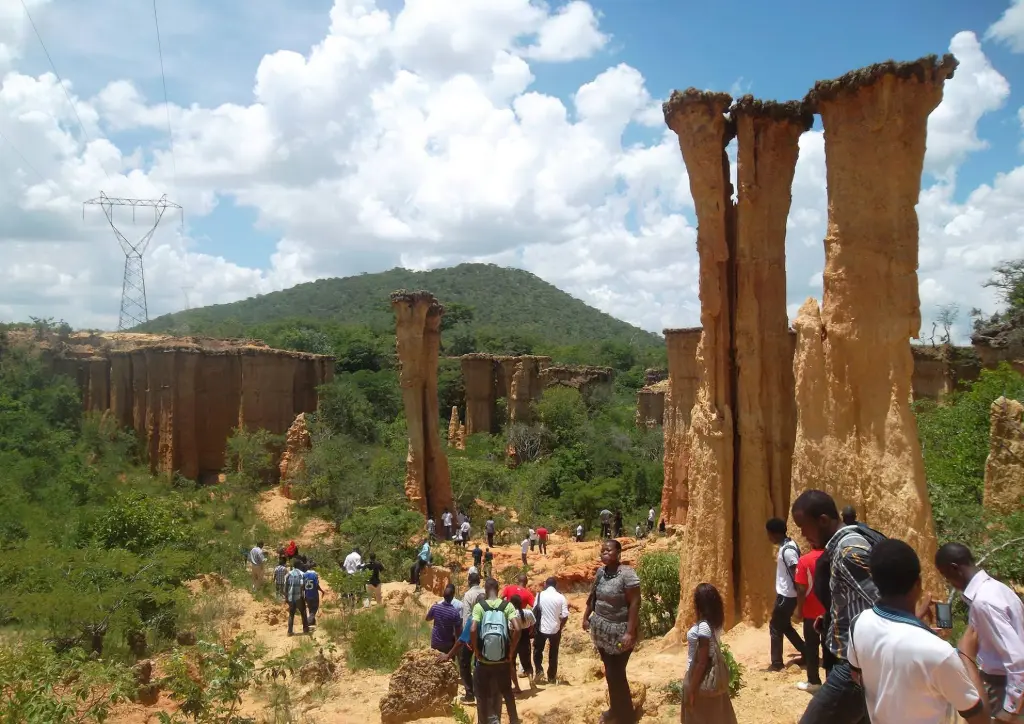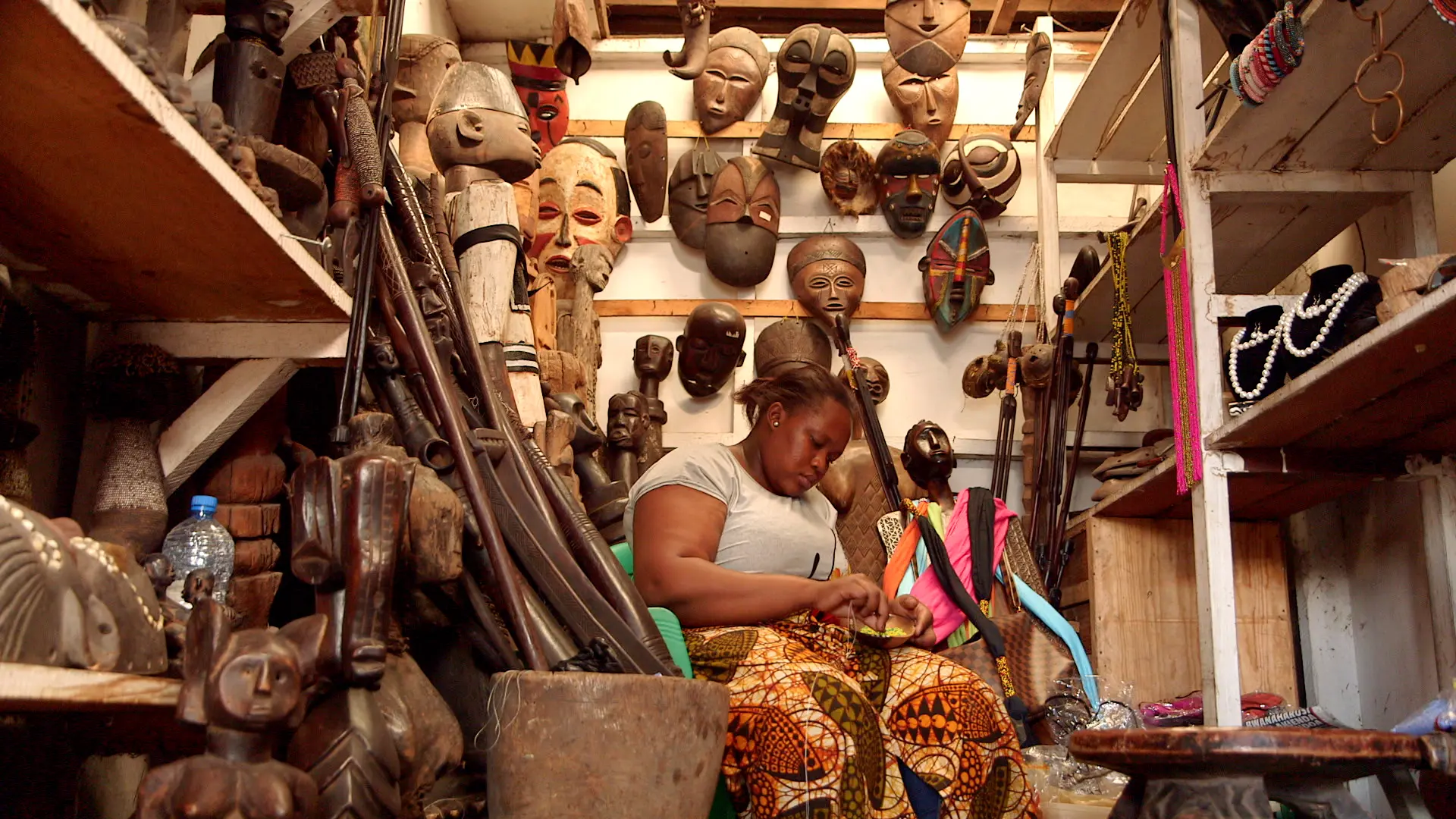Cultural and Heritage Sites in Tanzania
Culture and heritage tourism in Tanzania offers a window into the nation’s ethnic diversity, historic landmarks, and living traditions.
From UNESCO sites like Stone Town and Kondoa rock art to village tours and cultural centers, visitors can experience authentic music, crafts, and cuisine.
These immersive experiences celebrate Tanzania’s identity while empowering local communities.
National Museum and House of Culture (Dar es Salaam)
Stone Town is a UNESCO World Heritage Site known for its labyrinthine alleys, Swahili architecture, and centuries-old mosques.
Visitors can explore vibrant bazaars, historic forts, and the House of Wonders. Expect a mix of Arab, Persian, Indian, and European influences.
Guided tours often include spice markets and visits to old slave trade sites.
Stone Town (Zanzibar)
Stone Town is a UNESCO World Heritage Site known for its labyrinthine alleys, Swahili architecture, and centuries-old mosques.
Visitors can explore vibrant bazaars, historic forts, and the House of Wonders. Expect a mix of Arab, Persian, Indian, and European influences.
Guided tours often include spice markets and visits to old slave trade sites.
Kondoa Rock-Art Sites
Located in central Tanzania, these ancient rock paintings offer a glimpse into the spiritual and daily life of early human communities. Some artworks date back over 2,000 years. Visitors can expect guided treks to cave sites and explanations of the artwork's meaning. It’s a quiet but profound window into prehistoric culture.
Bagamoyo Historic Town
Bagamoyo was once a major port in East Africa and a key site in the slave trade. Tour the ruins of the German colonial buildings, the old mission, and caravan routes. Visitors can expect a somber but enriching look at Tanzania's colonial and slave trade history. Cultural performances and fishing village tours are also common.
Kilwa Kisiwani Ruins
This island off the southern coast is home to the remains of a powerful 13th-century Swahili trading city. Highlights include coral stone mosques, palaces, and fortifications. Visitors can expect boat rides to the site and guided exploration of the ruins. It's a must for those interested in maritime trade history and Swahili culture.
Olduvai Gorge
Often called the “Cradle of Mankind,” Olduvai is where some of the earliest human fossils were found.
The museum showcases discoveries by the Leakey family and explains the area's significance.
Visitors can tour excavation sites and learn about human evolution. It’s a fascinating destination for history and archaeology buffs.
Mto wa Mbu Cultural Tour
This vibrant village near Lake Manyara is a melting pot of over 120 tribes. Cultural tours include banana beer brewing, local cuisine tasting, and visits to artisan workshops.
Visitors engage directly with locals and witness daily rural life. It’s an interactive, hands-on cultural immersion experience.
Maasai Cultural Villages (Arusha Region)
Spend time in a traditional Maasai boma and learn about their customs, dress, and livestock-centered lifestyle.
Expect ceremonial dancing, beadwork demonstrations, and storytelling. Visitors are welcomed into homes and may participate in herding or fire-making. It’s an authentic look at one of Tanzania’s most iconic communities.
Sukuma Museum (Bujora)
Located near Mwanza, this museum showcases the heritage of the Sukuma people, Tanzania’s largest ethnic group.
Exhibits include royal drums, dance masks, and ceremonial objects. Visitors can enjoy traditional dance performances and visit reconstructed village homes. It offers a well-rounded cultural and historical perspective.
Iringa Boma Cultural Centre
Set in a restored German colonial building, this centre features exhibits on Hehe culture and regional history.
Visitors can tour local art exhibits, see traditional artifacts, and participate in cultural workshops.
It’s also a hub for local artists and musicians. A great stop while visiting the Southern Highlands.
Chagga Cultural Experience (Marangu, Kilimanjaro)
Explore underground Chagga caves, visit coffee farms, and learn traditional food preparation.
Guided tours include storytelling and a look at how locals lived during tribal conflicts. Visitors enjoy Kilimanjaro views while engaging with farming and handicraft traditions. Ideal for a cultural detour after a mountain trek.
Ngorongoro Conservation Area (Cultural Sites)
Beyond wildlife, Ngorongoro is home to pastoralist Maasai communities and archaeological wonders like Laetoli footprints. Cultural visits include traditional Maasai villages and ancient cave paintings. Visitors get a unique combination of anthropology, nature, and indigenous life. It’s heritage and nature rolled into one experience.
Ujiji Town (Kigoma)
Ujiji is where the famous meeting between explorers Henry Stanley and Dr. David Livingstone occurred.
The Livingstone Memorial Museum preserves this moment and the town’s colonial past. Visitors can also learn about the region’s role in trade and early missionary activity. It’s a quiet yet historically rich lakeside stop.
Isimila Stone Age Site (Iringa)
This site features towering stone pillars and artifacts from one of Africa’s most significant Stone Age settlements.
Visitors can walk through eroded sandstone gorges while learning about ancient tools and habitation. Guides share how early humans once lived in the area. A must-see for archaeology and early history enthusiasts.
Mwenge Woodcarvers Market (Dar es Salaam)
This popular artisan hub showcases Makonde wood carvings and other traditional crafts.
Visitors can interact directly with artisans, watch carvings in progress, and shop for souvenirs. It’s a living expression of Tanzania’s artistic heritage. Ideal for those interested in fine crafts and cultural exchange.
Ready to explore Tanzania's beautiful culture and history?
Add this experience to your package today.
